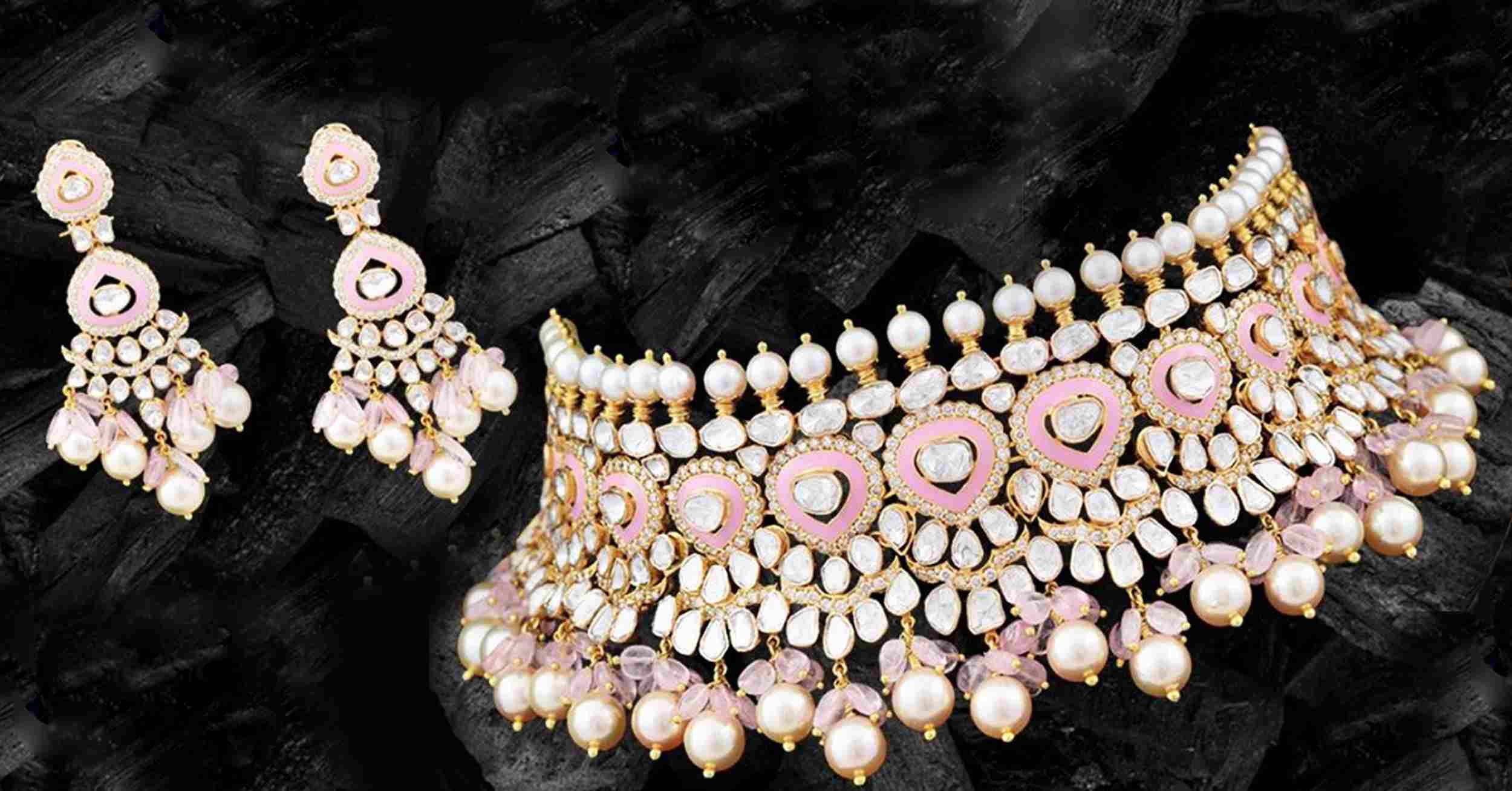Personal Opinion
Kundan jewellery: System to determine wax quantity needed urgently

Anil Kumar Pendyala, Owner, Saashri Jewellers, Vizag shares his opinion on the unique problem the kundan jewellery industry is facing, the calculation of the amount of wax used in the manufacture of the final pieces.
–Manoj Chakraborty
Wax is an integral part of kundan jewellery. First, a skeletal framework is created and then the wax is poured into the framework and moulded as per the design. Next, gemstones are placed in the desired pattern. Often, the amount of gold used is very little. The final product may look heavy, giving the impression that a considerable amount of metal (gold) must have gone into the manufacturing of the piece. But very often, it is the wax that adds to the weight, and not the gold or even the gemstones.
Sadly, even the jeweller who sells the kundan jewellery may not be sure of the quantity of wax used. This is because as of today, there is no system in place to calculate the proportion of wax and kundan used during the manufacturing process. Unlike gold and diamonds, where there are various machines available in the market to find out the karat size and amount of raw materials used, any quantity of wax can be used by crafty manufacturers, and nobody would be any wiser.
In this scenario, customers have just the word of the jeweller to go by. If the jeweller says only 2 grams of wax has been used in the manufacture of a particular piece, they have no way of determining whether this is true or not. But later on, should they find out that the amount of wax is considerably more than 2 grams, they are very likely to lose faith not only in the retailer selling the product, but the entire kundan segment of the jewellery industry.
Another factor is that customers do not return or sell back the jewellery they purchase within a short time. The jewellery often passes from one generation to the next. Just 1%-2% of the jewellery pieces sold comes back into the market within one to two years of being sold for reselling and melting. It is at this time that customers get a shock when they discover that their jewellery is not fetching the price they thought it would because much of the weight of the jewellery comes from the wax, and not the gold.
If the customers come with the invoice or bill, the retailer may pay them the difference for the wax, but often, customers are not able to produce the invoice. Retailers may refuse to pay customers the difference, or may reduce the amount according to their calculations. In such a situation, customers will feel cheated.
According to an estimate, wax accounts for 25%-40% of the weight of the jewellery. If retailers buy kundan jewellery of 99 category from a supplier, who has reduced 15% of wax, they, in turn, are happy to reduce 5% of wax in wastage and sell it to the customer. The wastage charges typically vary from 20%-25%. An increase in the wastage cost may result in an increase in the overall cost of the jewellery, so that is not really an option.
The lack of a system to find out the quantity of wax used in kundan jewellery has become a big nuisance as wastage cannot be determined. If the industry finds a way to solve the wax problem, customers will become accustomed to paying an extra 15% as part of the wastage cost, and get a quality product in return. Just like hallmarking, which certifies the gold quality, a system is needed urgently to certify the amount of wax used in kundan jewellery.





 Daily News2 months ago
Daily News2 months agoMalabar Gold & Diamonds launches ‘Heritage Show’ in Mangalore, featuring jewellery inspired by Maharanis

 Daily News3 weeks ago
Daily News3 weeks agoPC Jeweller to subdivide shares with 1:10 stock split amid record-breaking growth

 Daily News1 month ago
Daily News1 month agoIndia’s gem & jewellery trade adopts terminologies under FTC guidelines of the US for diamonds and lab-grown diamonds

 Daily News3 weeks ago
Daily News3 weeks agoKalyan Jewellers unveils limited edition ‘Pushpa’ collection ahead of Pushpa 2 release























